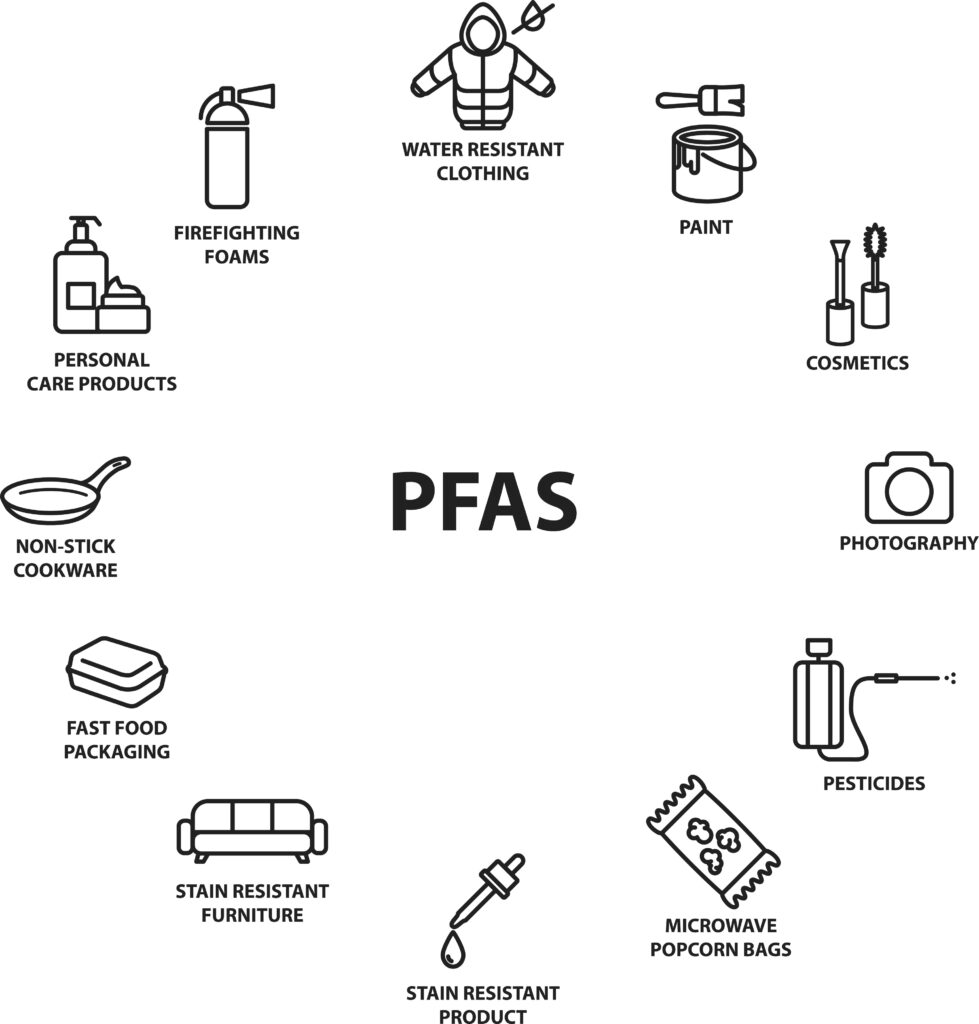The Problem with Biosolids
In industries and homes, PFAS find their way into products. These chemicals end up in sewage. Treatment plants process this sewage. They produce biosolids. Farmers use these for crop growth. This seems eco-friendly. Yet, it brings risks. PFAS in biosolids can contaminate soil. This affects crop health. It can also reach our groundwater.

Groundwater at Risk
Once PFAS hit groundwater, the problem grows. Many communities rely on groundwater for drinking. Farms use it for irrigation. Livestock drink it too. PFAS contamination spreads far this way. It poses health risks across communities.
Real-Life Impact on Food Safety
Let’s consider a common scenario. A farm uses PFAS-laden biosolids. These chemicals enter the soil. Vegetables grown in this soil absorb PFAS. Livestock grazing on such lands do too. These chemicals accumulate in meats and dairy. Consumers eating these products ingest PFAS. This chain of contamination affects us all. Studies have linked PFAS to several health issues. These include cancer and liver damage. The danger is real and immediate.
Direct Health Concerns
Children and pregnant women are most at risk. PFAS exposure can delay development in children. It can increase cancer risks in adults. It has ties to liver issues and immune system damage. Thyroid and hormone functions can suffer too. These concerns are not hypothetical. PFAS related health risks are well documented and supported by research.
Environmental Consequences
PFAS don’t stay put. They travel from soil to waterways. Heavy rains facilitate this. This runoff contaminates lakes and rivers. It affects aquatic life. PFAS remain in the environment for years. They cycle through water, soil, and living organisms. This makes cleanup efforts complex and costly.
Case Studies Highlighting the Issue
Consider a study from a community near an industrial plant. Here, PFAS levels in groundwater were alarmingly high. The source was biosolids used on nearby farms. This led to a ban on local water use. It prompted a costly cleanup. Yet, PFAS remain in the environment. Another example comes from a dairy farm in New Mexico. The milk showed high PFAS levels. The source was contaminated feed and water. The farm faced a shutdown. These cases show the real-world impact of PFAS contamination.
The Way Forward
To tackle this issue, we need strict regulations. These should govern the use of biosolids in farming. We also need better technology. This technology must remove PFAS from biosolids before their use. Regular testing of biosolids is essential. It can prevent contamination before it starts. Reducing PFAS use in products is another key step. This can limit their entry into the wastewater stream.
Conclusion: A Call to Action
The use of PFAS-contaminated biosolids in farming presents clear dangers. It threatens our environment, our health, and our food supply. The examples given highlight the urgent need for action. We must address this issue through comprehensive strategies. These should include regulation, technology, and public awareness. Our health and the health of our planet depend on it.




